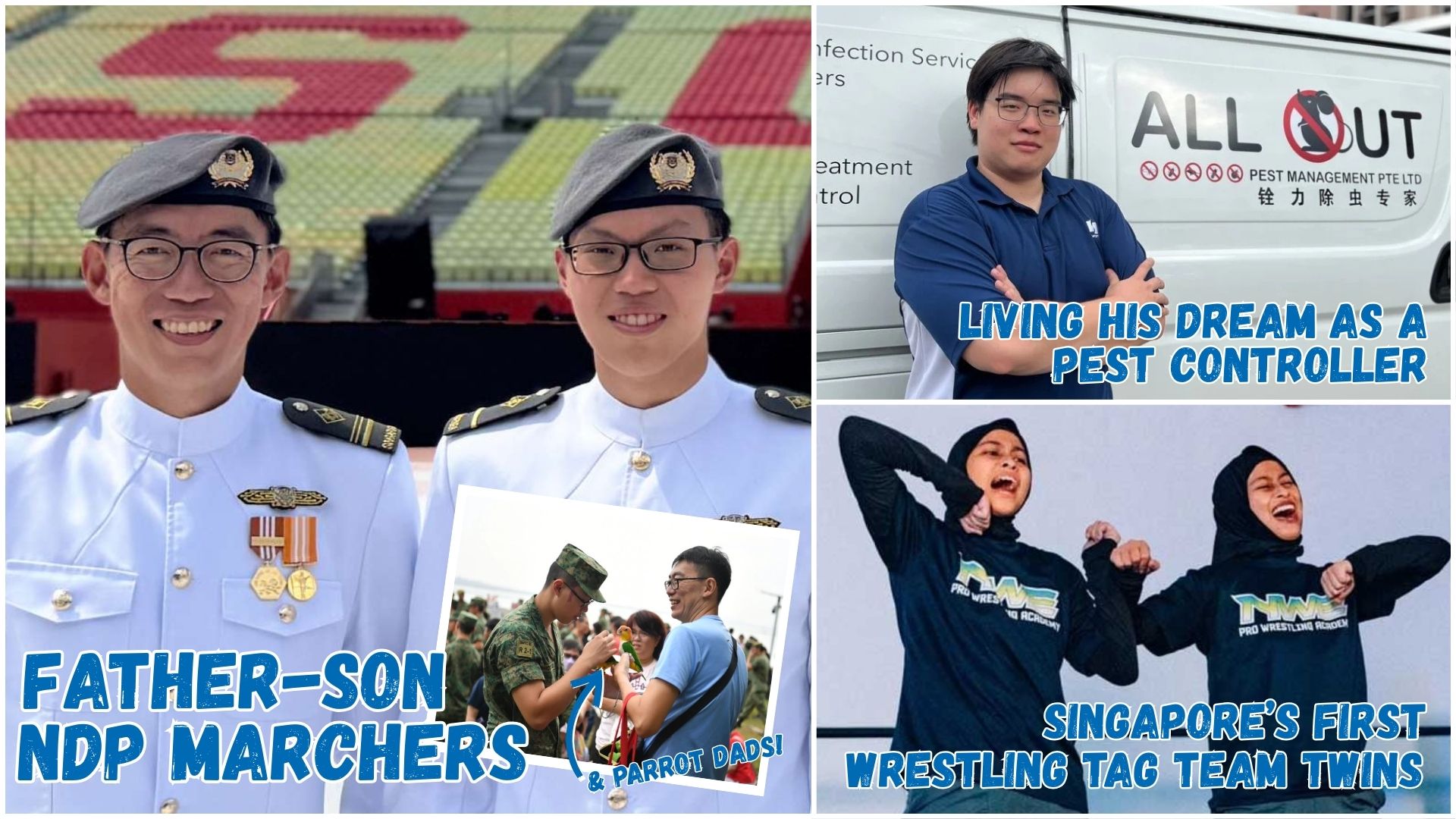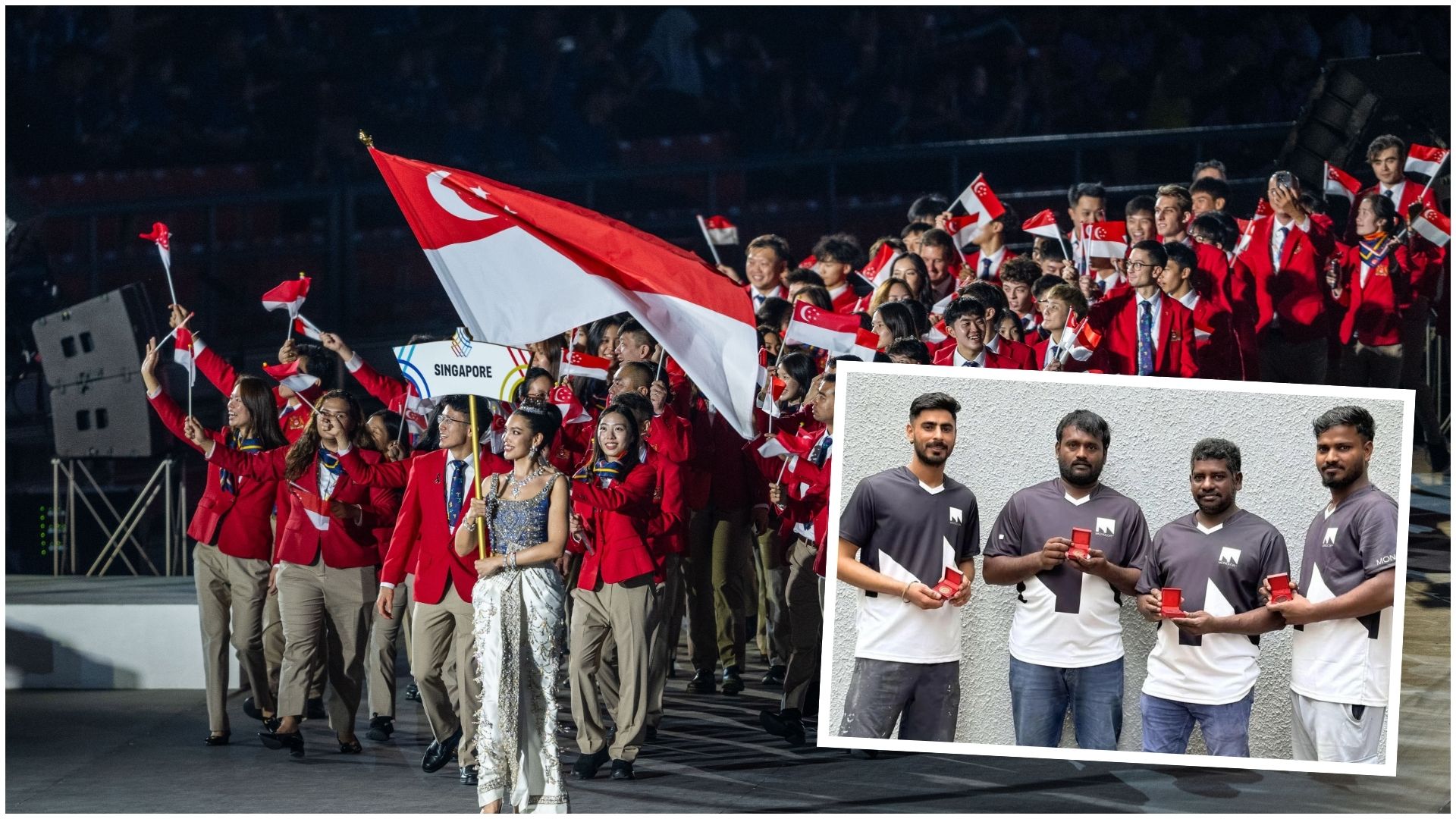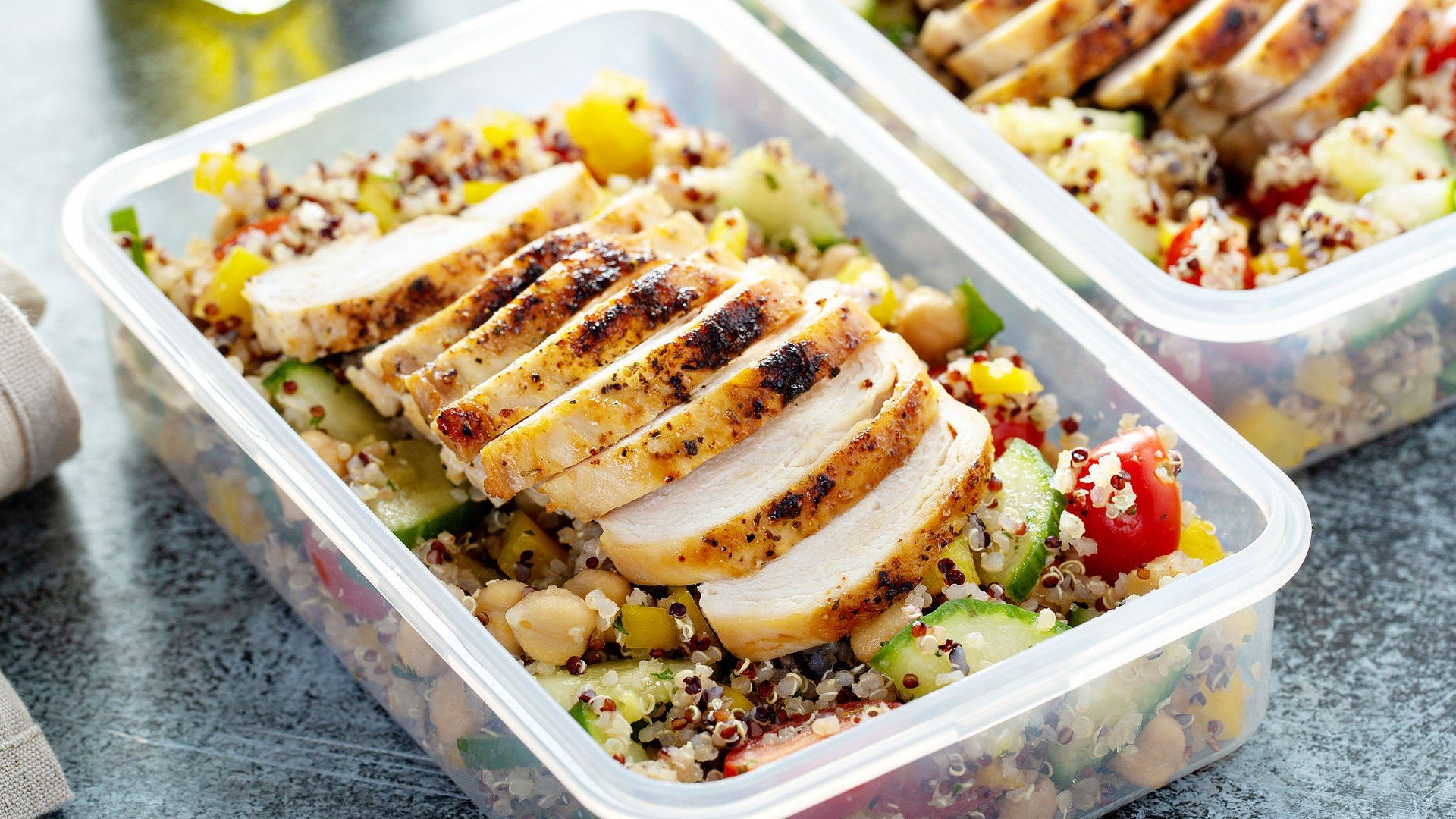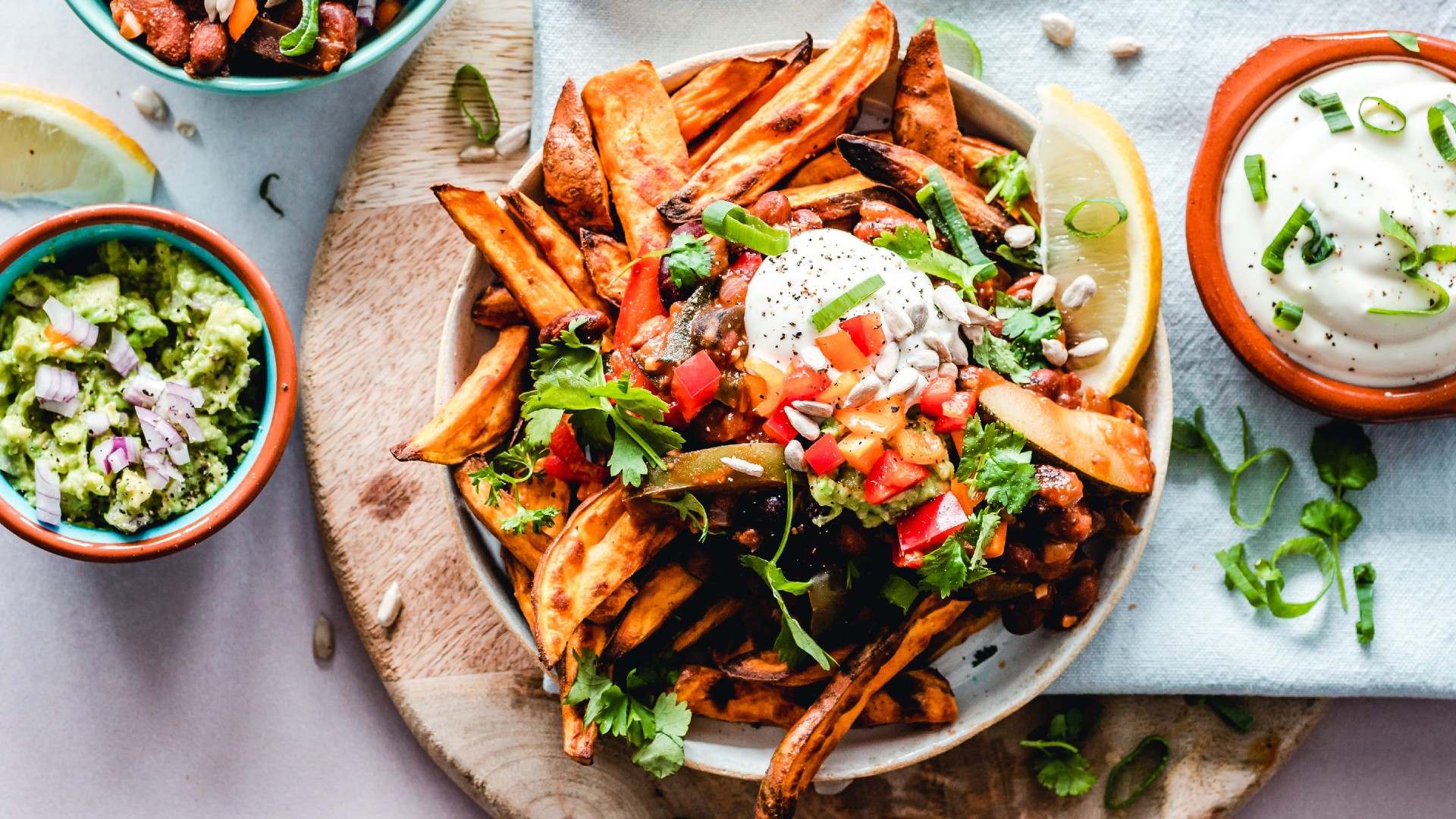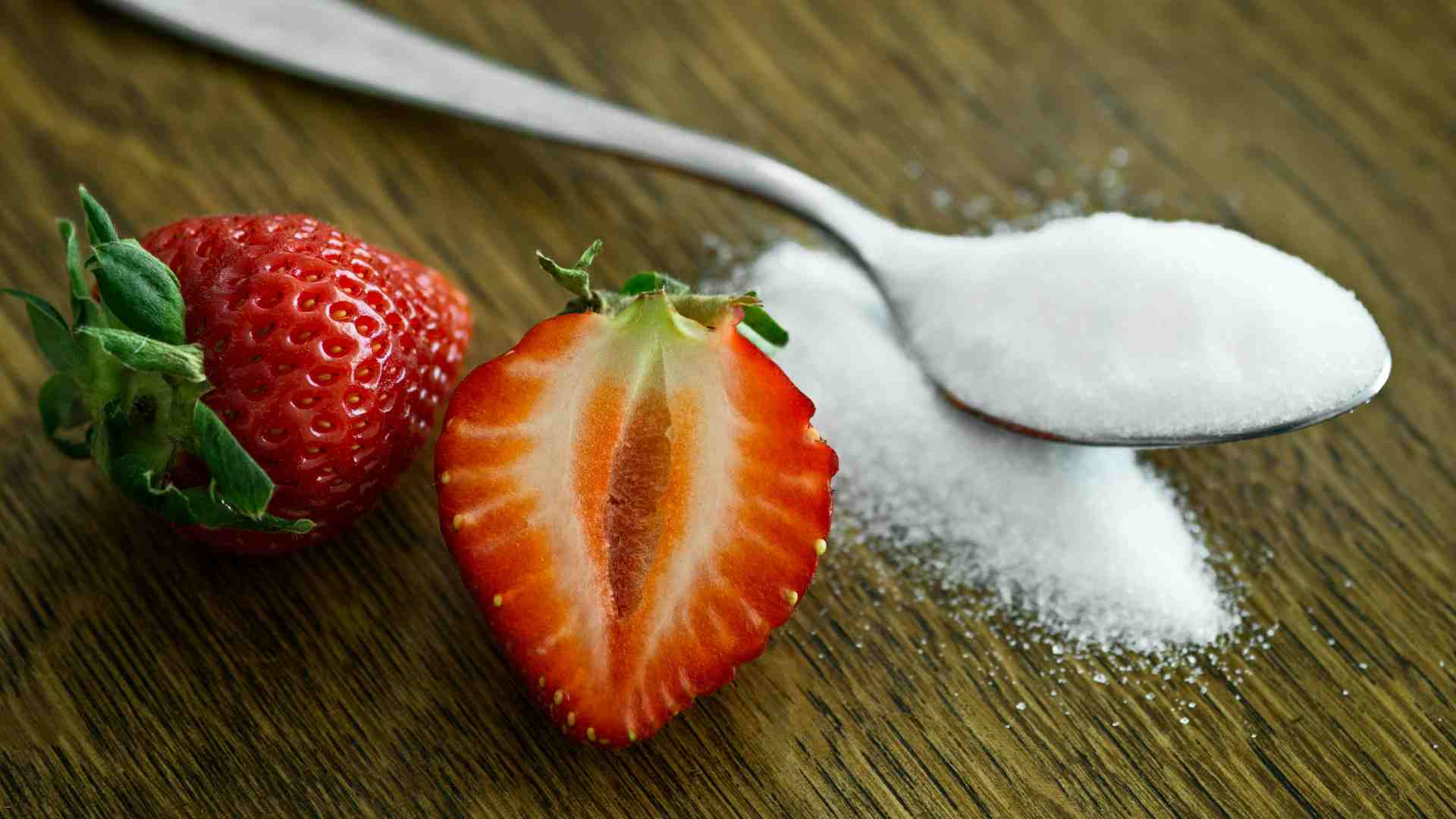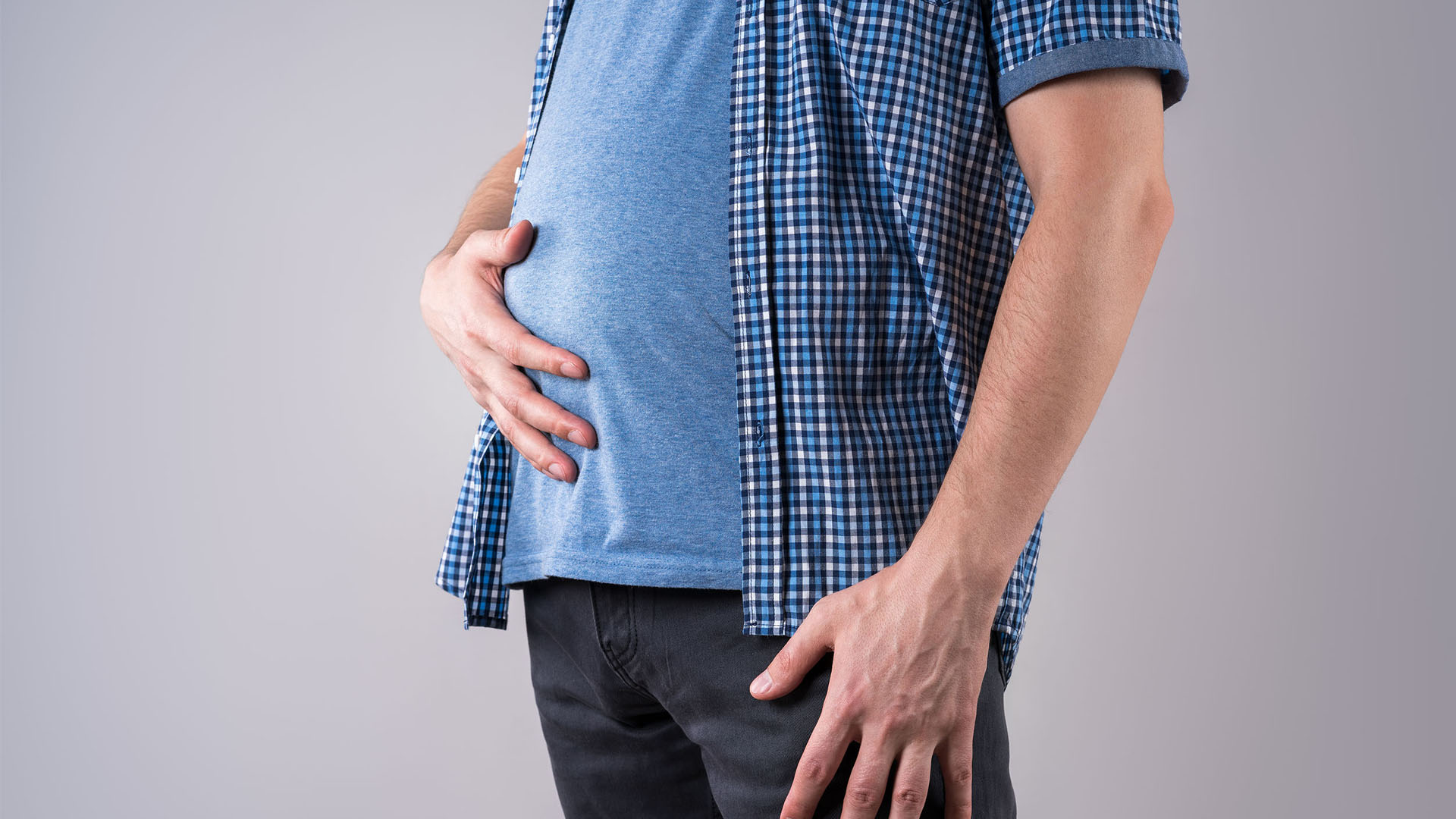How To Use Plastics Safely In Food Prep
Love them or hate them – plastics make up a big bulk of our daily lives, from the bags that our groceries come in to the containers that our takeaway lunch is packed in.
Plastics have had an unsavoury reputation in recent years, especially in food preparation and storage as they are known to melt, catch fire and “migrate” into food when used incorrectly.
In fact, a recent study discovered that a typical one-litre bottle of water actually contains as much as 240,000 plastic particles – about 100 times more than previously estimated – due to the presence of "nanoplastics" in said water (plastic particles under 1 micrometer in length, or one-seventieth the width of a human hair).
Cutting back on bottled water to lower your accidental plastic intake is one thing, but what about the plastic you might be using for food prep?
To keep your food as safe as possible, here’s a checklist by the Singapore Food Agency (SFA) on what you should not be doing with your plastic wares.
1. Microwaving plastics
Only plastic containers that are labeled microwave-safe (you can see this on the base) should be used for reheating food. Otherwise, the material isn’t heat-stable and can leach into your food.
2. Plastic cling film
Never use this in an oven or over pots and pans unless otherwise stated. Even if a brand of cling film is microwave-friendly, it should never come into direct contact with food as it can melt into your dish when hot.
3. Takeaway boxes
These are mostly made for single use and not for storing food over a long period. This means that if you are buying cooked food for the next day, always transfer it into a proper storage bowl or plate before refrigerating it.
4. Plastic food containers
These are usually reusable and are used to store cookies, dried food such as beans and condiments. However, once they are cracked or have turned “cloudy”, they should be replaced.
5. Polycarbonate baby bottles
Never put boiling water into these as hot water can cause the bottle to release chemicals into the milk. The best choice is glass bottles.
For the latest updates on Wonderwall.sg, be sure to follow us on TikTok, Telegram, Instagram, and Facebook. If you have a story idea for us, email us at [email protected].



